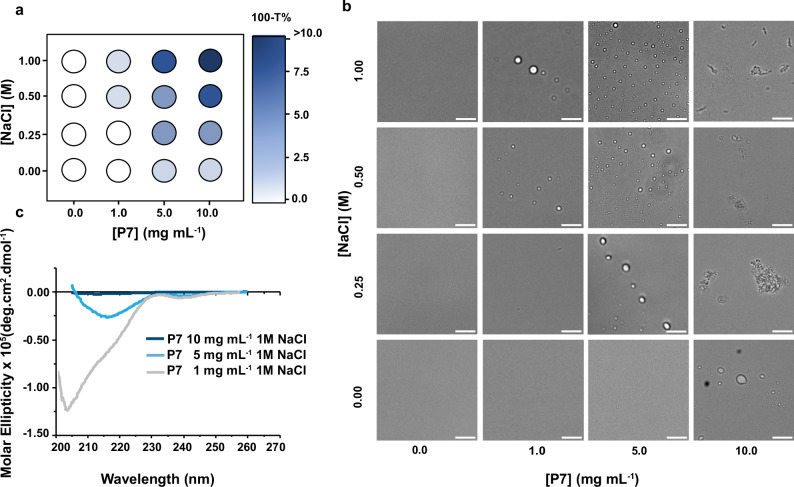Fig. 2. Liquid-liquid phase separation of the catalytic peptide P7 leads to formation of coacervates with structured peptide domains.
a Phase diagrams illustrating the effect of different concentrations of NaCl on the liquid-liquid phase separation (LLPS) of P7, measured by the relative turbidity (100-T%). Different blue shades represent different relative turbidity levels. White circles indicate no LLPS (no relative turbidity), blue circles indicate the presence of coacervates (1 < 100-T% < 10), and the darkest blue indicates the co-existence of peptide aggregates (100-T% > 10). Source data are provided as a Source Data file (b), Bright-field microscope images depicting peptide-induced coacervation and aggregation at various NaCl and P7 concentrations. Scale bar: 10 μm. c Conformational analysis of P7 in different states using circular dichroism: soluble with low turbidity (gray line, stock P7 concentration: 1 mg mL−1), undergoing LLPS (light blue, stock P7 concentration: 5 mg mL−1), and in the aggregated form (dark blue, stock P7 concentration: 10 mg mL−1). Source data are provided as a Source Data file.

